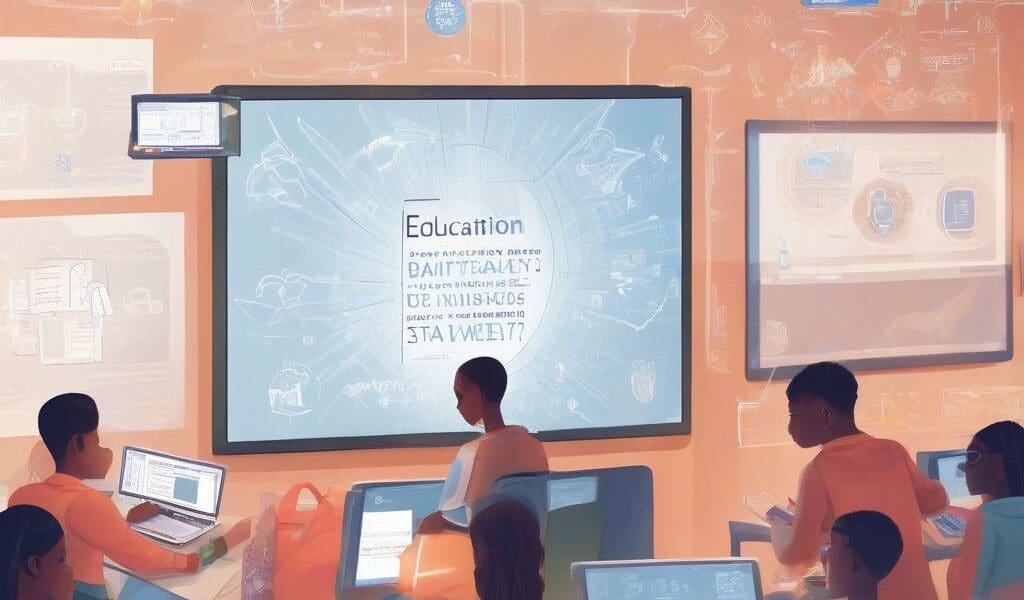A recent report from Microsoft has raised serious concerns regarding the security landscape within educational institutions, highlighting that the education sector is now the third most targeted industry for cyberattacks. This report, part of Microsoft’s Cyber Signals initiative, outlines alarming trends that underscore the need for enhanced cybersecurity measures in educational settings.
Educational institutions have increasingly become prime targets for cybercriminals. Microsoft’s findings indicate that schools, colleges, and universities are particularly vulnerable to various forms of cyberattacks, including compromised networks, data breaches, ransomware, and phishing incidents. This trend is mirrored in Australia, where education ranks high in “category 3 incidents,” according to the ASD Cyber Threat Report for 2022-2023.
One compelling statistic from the report reveals that over the past year, Microsoft Defender for Office 365 has intercepted more than 15,000 malicious emails targeting the education sector daily, many of which employed QR codes as entry points for phishing attacks. With QR codes becoming widely used within educational communications, they have also emerged as a significant risk vector for cybercriminals.
Mark Anderson, Microsoft’s National Security Officer for ANZ, states, “Education is often referred to as an ‘industry of industries’ because it faces a compounded mix of threats found across other sectors. Educational institutions manage a vast array of sensitive data within a complex infrastructure that encompasses diverse users, devices, and a blend of modern and legacy IT systems.” This complexity creates a ripe environment for various malicious actors.
The value of the data held within educational institutions makes them particularly attractive targets. Highly sensitive information, including intellectual property, research data, and personal details of students and employees, can be exploited for financial gain or identity theft. Compromised university employee accounts often serve as launching pads for further attacks on both governmental and industrial organizations.
Given the prevalence of these cybersecurity threats, institutions must adopt robust security practices. Anderson emphasizes the importance of establishing effective cybersecurity hygiene and raising awareness about potential threats within academic communities. He advocates for advanced protective measures, from simple practices like multifactor authentication to comprehensive threat protection solutions.
The pressing need for action is further demonstrated by a survey from the United Kingdom, which revealed that 43% of higher education institutions report experiencing a breach or cyber attack at least weekly. This indicates a worrisome pattern that calls for immediate attention on a global scale.
One particularly worrisome aspect of the attack landscape is the rise of QR code phishing. Educators and students widely use QR codes for various purposes, including accessing course materials and campus resources. While convenient, they also present significant security risks. Microsoft’s telemetry shows that while phishing emails reached up to 3 million in December 2023, by March 2024, this number had drastically decreased to 179,000 due to enhanced security measures. This significant reduction validates the effectiveness of strong cybersecurity protocols.
Moreover, the report highlights the involvement of nation-state actors and organized crime groups in attacking educational institutions to gain access to intellectual property and valuable networks. Threat actors such as Peach Sandstorm and Mabna Institute are specifically targeting various elements within the education sector, indicating the sophistication and determination behind these campaigns.
To combat these threats, educational institutions must prioritize basic cybersecurity hygiene. This includes not just deploying advanced technology solutions but also fostering a culture of security awareness among students, faculty, and staff. Simple actions such as educating all users about recognizing phishing attempts and the importance of robust passwords can significantly enhance security.
Moving forward, there is a critical need for educational organizations to streamline their technology infrastructures to ensure they are not only efficient but secure. Integrating modern cybersecurity solutions while phasing out unsupported legacy systems can dramatically reduce vulnerabilities.
In conclusion, as the education sector continues to face escalating cyber threats, the need for robust cybersecurity strategies is paramount. Institutions must recognize the grave risks associated with cyberattacks and take proactive steps to fortify their defenses. By focusing on core security measures and fostering a culture of vigilance, educational organizations can better protect their valuable data and maintain the integrity of their institutions.












